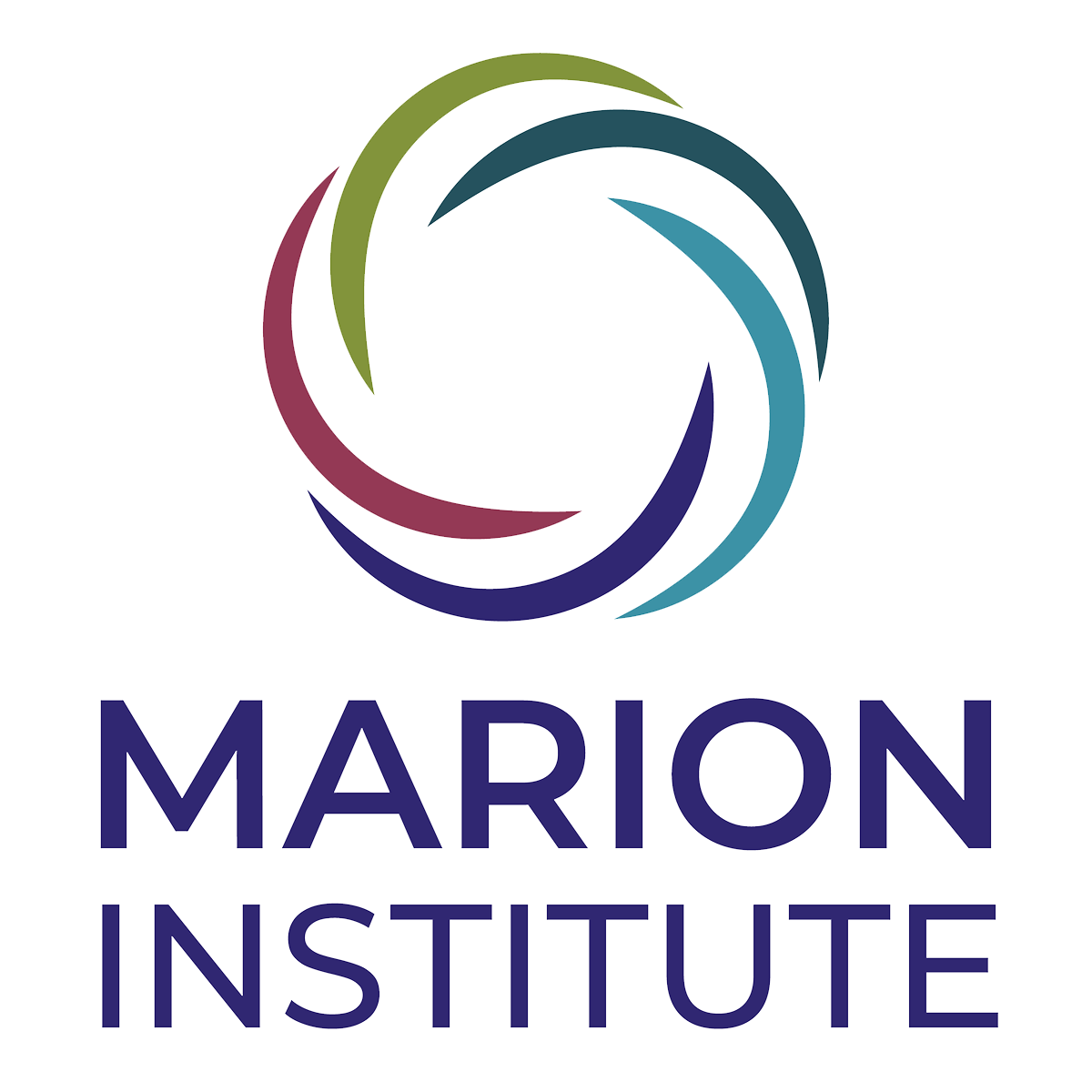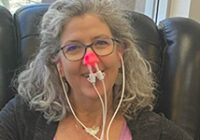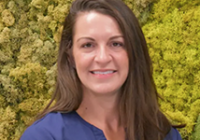Photodynamic Therapy, PDT, has been used clinically in German-speaking countries since the early 1960s and in other countries since the mid-’70s. Over the years, and through cream advancements, more and more clinics and dermatologists have incorporated its use into their practice, including us as well in the Paracelsus Clinic. If you have been intrigued by this, you may want to check with an upper east side dermatologist, or your registered one, to see if your skin may benefit from this type of therapy.
Why PDT?
There are many skin conditions treated by either drugs or surgery and which the patient may experience side effects or scarring. For example, many teenagers are offered prescription drug Accutane or young women are offered birth control medicine to mitigate acne development. Both options negatively impact the liver, especially Accutane. Fortunately, acne can be easily treated via PDT, and when included in combination with a change in diet, drinking more water, and detoxifying the liver, the results can be phenomenal. Sometimes acne can come on from the supplements taken for other needs, such as building muscle. People have claimed “I got acne when I used SARMs“, so that could be a route cause that will also need to be looked at during the process.
 |
 |
| Photodynamic topical application – teenager with acne vulgaris: BEFORE | Photodynamic topical application – teenager with acne vulgaris: AFTER |
Many skin cancers, such as squamous and basal carcinoma, and a pre-cancerous condition, actinic keratosis, are typically treated via surgical excision, cryotherapy or with Efudex cream (contains the chemotherapeutic agent, 5-fluorouracil). Often times, scarring ensues, or the patient with very sensitive skin cannot tolerate the cream, or the lesion is too big to be cared for surgically. Therefore, and in the preceding examples, the best option may be PDT.
How does PDT work?
Simply defined, it is the application of a cream, either aminolevulinic acid (ALA) or METVIX (methyl aminolevulinate), that is absorbed into the lesion (types later to be listed) and becomes activated by red light (630nm). The atypical cells absorb and utilize the cream due to a biochemical process, whereas the normal cells do not. This is the desired selectivity, and leads to cell death of atypical cells, while not harming healthy cells. Further, and after 3-minutes of therapy, fibroblastic activity is enhanced by 25%. This activation leads to a greater structural support of the ground matrix whereby new cells can grow from, thusly and after PDT, there is less scarring and why acne scars, in general, respond well to the therapy. Acne may also be treated using home methods such as CBD, which has shown to reduce acne due to its anti-inflammatory properties. People can buy CBD treatments from places like Cope CBD, which could be an alternative treatment to PDT. Furthermore, if someone was a bit nervous about using CBD products then there are alternative methods that can help ease these concerns and work towards treating acne. These are things like using Organic CBD water so that it is a normal intake for the person but also helps reduce the inflammation on the skin.
What types of lesions can be treated via PDT?
Basal and squamous cell carcinoma, actinic keratosis, warts, acne and acne scars, skin lymphoma, fungus and others.
How many treatments are needed?
Typically, 2-3 treatments are necessary, but, the complexity of the lesion ultimately determines the therapy frequency and duration.
Eric Kimbles, ND
Assistant Doctor to Thomas Rau, MD, Paracelsus Clinic
If you would like more information or are interested in becoming a patient at the Paracelsus Clinic, please contact: Barbara Christian, Patient Coordinator, at bchristianparacelsus@gmail.com.










